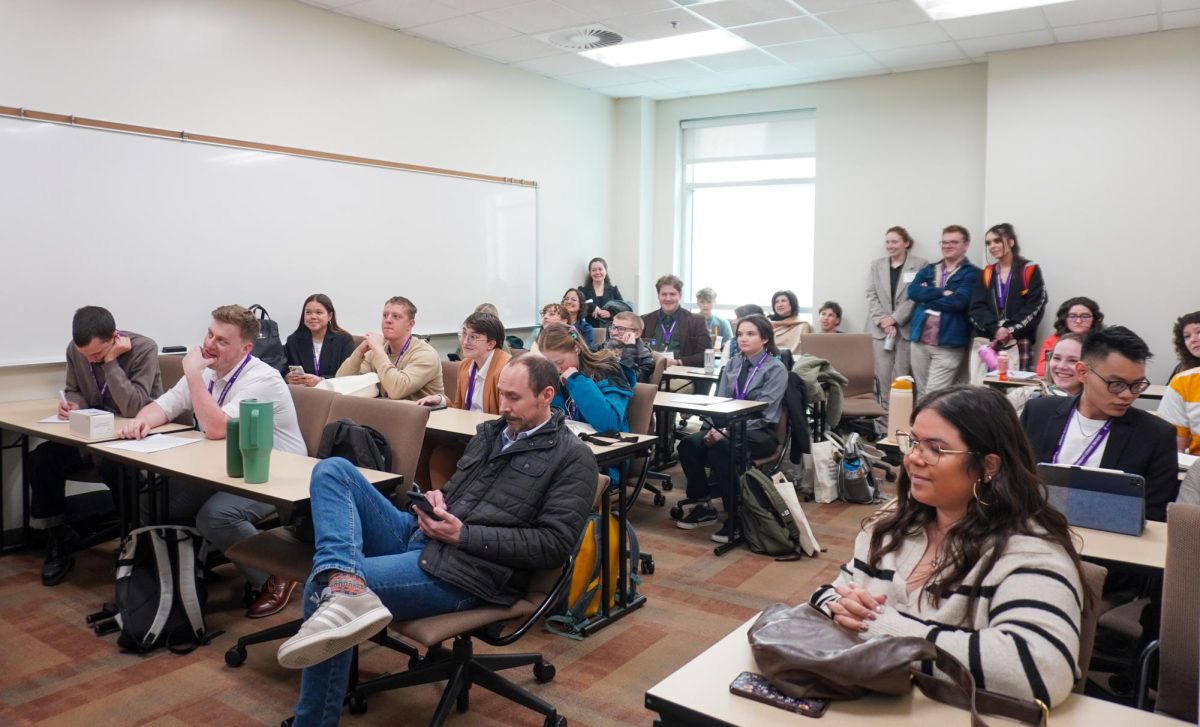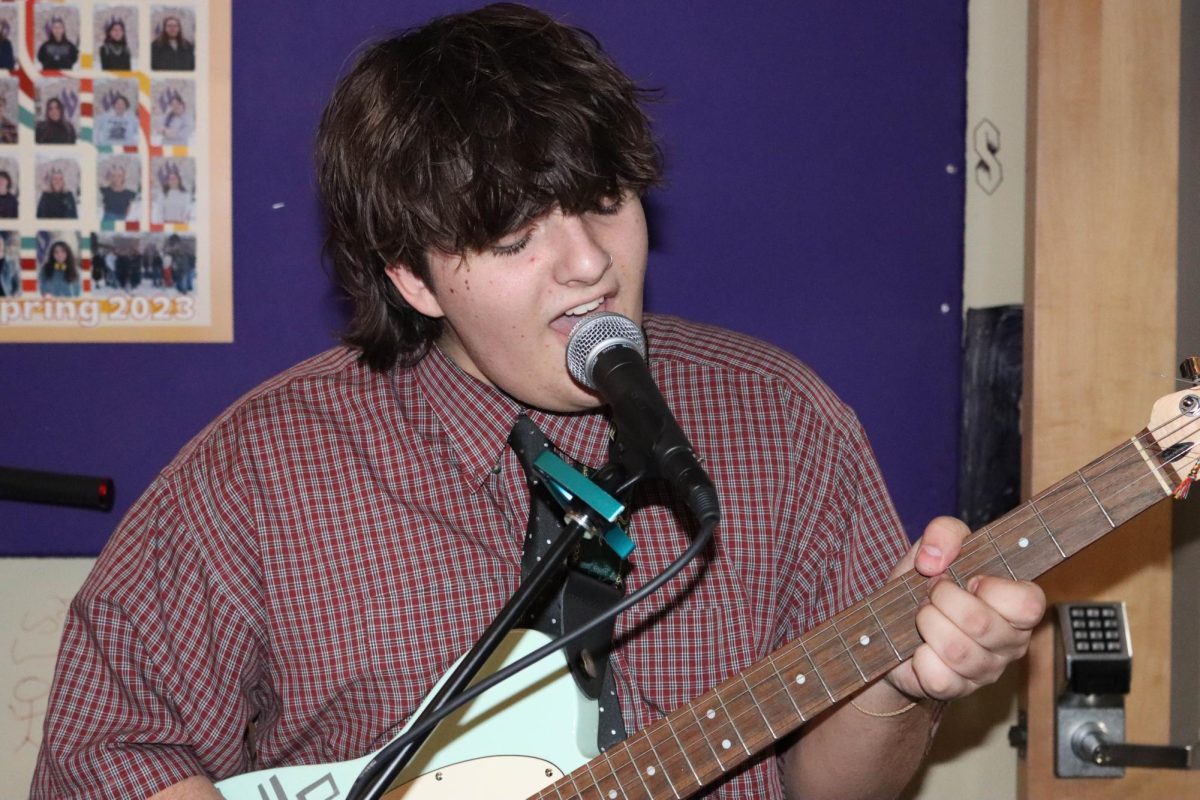
The Nature Conservancy will be hosting a milkweed planting event this upcoming Saturday with Weber State University students.
The event will take place at The Great Salt Lake Shorelands Preserve, west of Layton, Utah.
Andrea Nelson, volunteer and outreach manager at The Nature Conservancy Utah Field Office, said the milkweed seeds are from plants around Utah by Granite Seed Co. in Lehi, which collected and donated them.
“These seeds require a cold period to instigate germination, which is why we’re planting them in the fall,” Nelson said.
Milkweed is essential to the life of the monarch butterfly, said John Mull, a zoology professor and entomologist. It is their only source of food.
Mull explained that monarchs have seen a decline in population. This is a result of their main source of food, milkweed, being threatened by two things: the physical undeveloped area for milkweed is shrinking and household herbicides are killing the milkweed.
The milkweed are toxic to all but a handful of insects. Mull explains that monarchs are able to tuck this poison away in their cells. When the monarch is bitten by an attacker, the poison in their cells is released and deters the assailant.
“It’s not like anyone didn’t warn the other animals,” Mull said. “They advertise their distastefulness with their striking orange and black demarcation.”
Although monarchs do not migrate en masse through Utah, it is important to remember some monarchs still depend on milkweed here in Utah, Mull said. The ones that are born here usually travel to the Baja region of the West Coast. The issue, according to Mull, is the lack of host plants.
Although Mull told that there are roughly seven to eight native species of milkweed here in Utah, Sonya Welsh, lab manager of the botany department, said that planting the right kinds are necessary. Whenever Welsh finds milkweed, usually when she walks her dogs along the Bonneville Shoreline trail, she takes a few of the bulbous pods and spreads the seeds in her xeriscape garden.
When asked why people should go through all of this trouble for a butterfly, Mull said that as a society we are concerned with protecting and preserving human artifacts such as paintings and art that are about a couple hundred years old.
“And I think you can make a pretty good case for preserving something that’s the culmination of 3.5 billion years of evolution,” Mull said.
Mull added that there are also other, perhaps more practical, reasons to save the monarch.
“If the monarchs are in trouble, it’s an indication that other parts of the system are in trouble,” Mull said.












